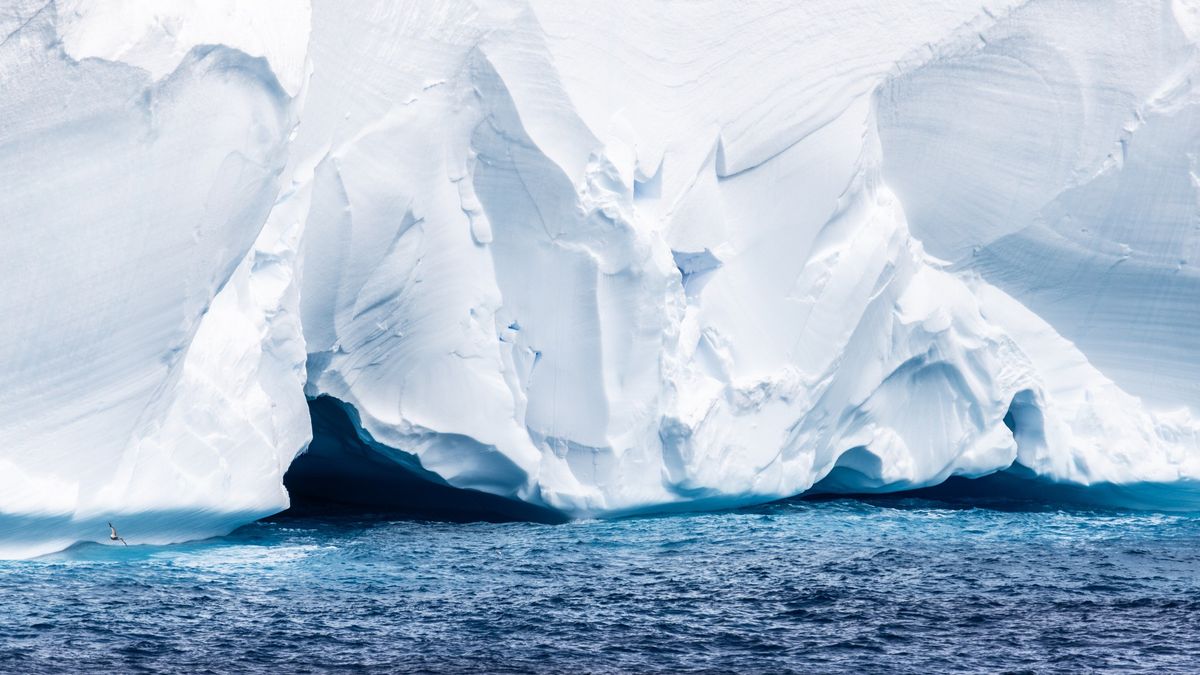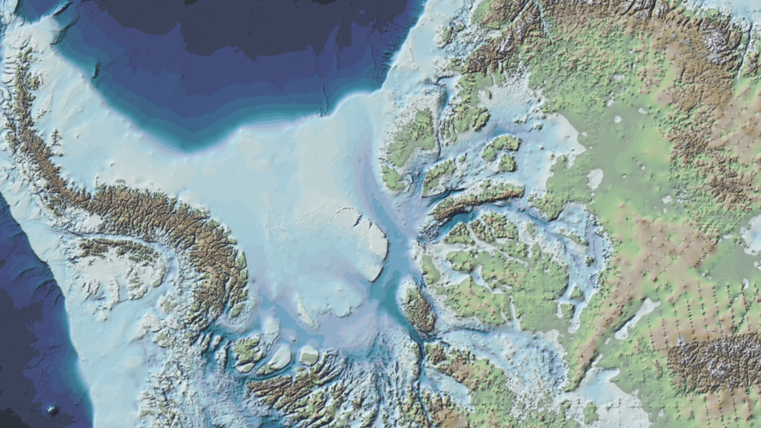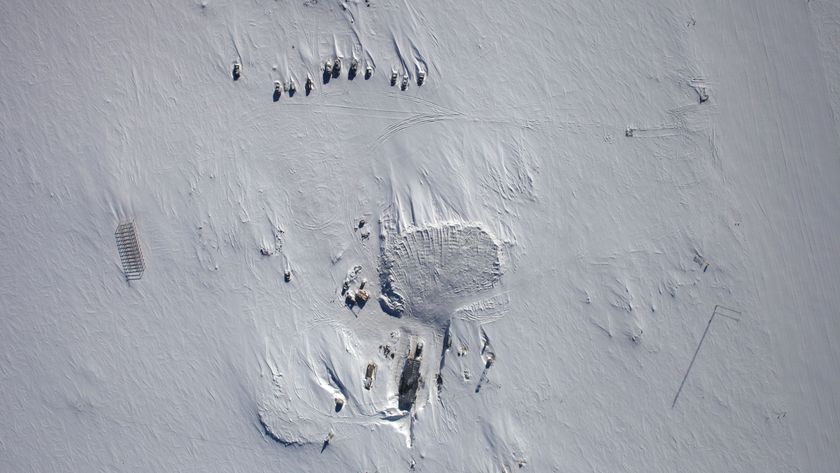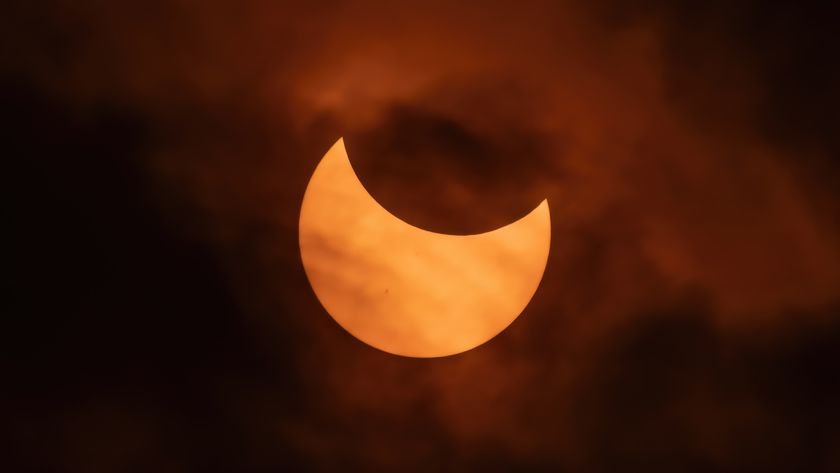'Queen of icebergs' A23a is barreling toward a remote South Atlantic island. Millions of animals could be at risk
Iceberg A23a is fast approaching the remote British island of South Georgia and the Sandwich islands

The world's largest iceberg — which is roughly the size of Rhode Island — is fast approaching a remote British Island and wildlife haven in the South Atlantic.
As of Jan. 16, the megaberg, known as A23a, is roughly 180 miles (290 kilometers) away from South Georgia and the South Sandwich Islands, according to location coordinates from the U.S. National Ice Center. A collision with these islands could be catastrophic for the large colonies of penguins, seals, and other wildlife that live there.
"Icebergs are inherently dangerous," Simon Wallace, a sea captain stationed on a government vessel in South Georgia, told BBC News. "I would be extraordinarily happy if it just completely missed us."
A23a, nicknamed the "queen of icebergs," measures 1,222 miles (1,967 kilometers) in surface area, according to the U.S. National Ice Center. It first broke off from Antarctica's Filchner Ice Shelf in 1986. However, it remained tethered to the seabed for more than 30 years before beginning its slow journey northwards in 2020, according to the British Antarctic Survey.
More recently, A23a got stuck again, spinning in one place just north of the South Orkney Islands. But, in December 2024 it finally broke free.
The movement of icebergs is always hard to predict because they are constantly changing, losing large chunks of ice from their sides and melting as they enter warmer waters. However, current forecasts suggest that A23a will be pushed by ocean currents to a stretch of water called the Drake Passage, often referred to as the place "where icebergs go to die."
Sign up for the Live Science daily newsletter now
Get the world’s most fascinating discoveries delivered straight to your inbox.
South Georgia and the Sandwich Islands are located on the eastern edge of this passage, and are therefore no strangers to threats from oncoming icebergs.
"South Georgia sits in iceberg alley so impacts are to be expected for both fisheries and wildlife, and both have a great capacity to adapt," Mark Belchier, a marine ecologist who advises the South Georgia government, told the BBC.
However, these impacts can still sometimes be catastrophic for local wildlife. For example, in 2004, an enormous iceberg called A38 grounded on South Georgia's continental shelf, blocking feeding grounds for penguins and seals and leaving many of their chicks and pips dead on its beaches, the BBC reports.
A23a could break apart any day, with each fragment posing a potential risk to the island. These fragments may miss the islands altogether. But for now, Captain Wallace and his crew remain vigilant for any sign of the approaching behemoth. "We have searchlights on all night to try to see ice," he said. "It can come from nowhere."

Pandora is the trending news editor at Live Science. She is also a science presenter and previously worked as Senior Science and Health Reporter at Newsweek. Pandora holds a Biological Sciences degree from the University of Oxford, where she specialised in biochemistry and molecular biology.











